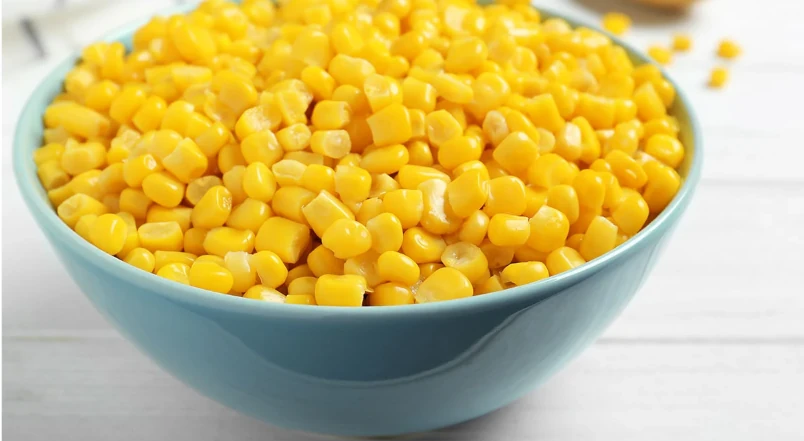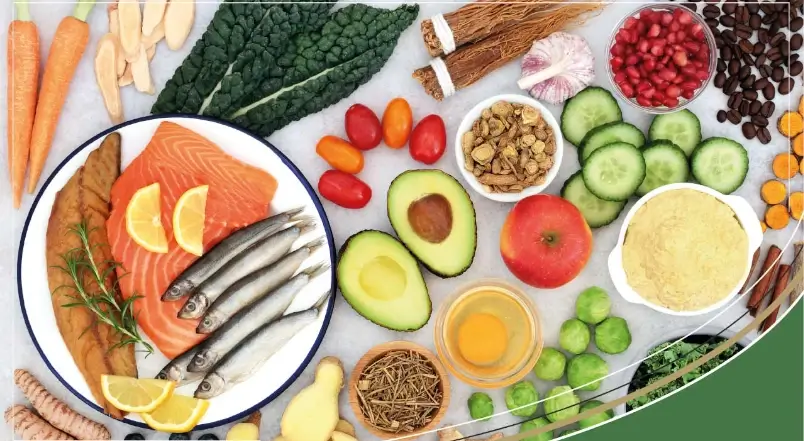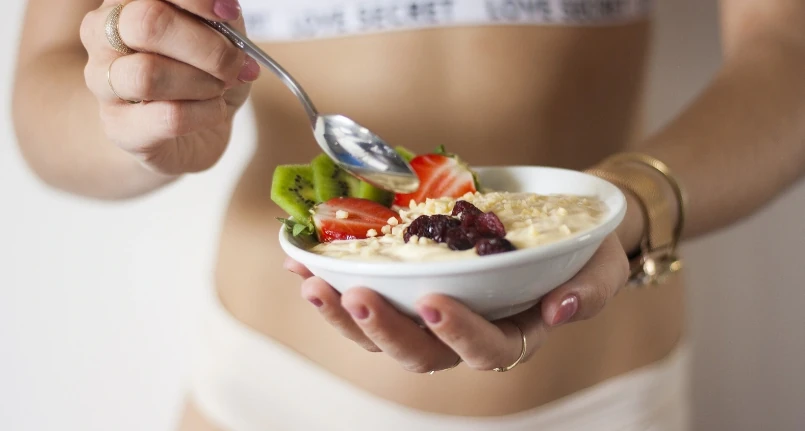Introduction
Pumpkin is a low- calorie and nutrient -rich vegetable , very useful for its diuretic and calming action, and suitable for a low-calorie and balanced diet.
The term “pumpkin” identifies various plants of the Cucurbitaceae family . The autumn period is that of the harvest. There are 500 varieties, which refer to 15 species, 5 of which are edible: the vegetable pumpkin or courgette ( cucurbita pepo ), the giant pumpkin ( cucurbita maxima ), the musky pumpkin ( cucurbita moschata ), the Siam pumpkin ( cucurbita ficifolia ) and ayote ( cucurbita argyrosperma ).
The best known varieties and used in the kitchen in the preparation of various dishes are:
- the Butternut squash (of variable size, bottle -shaped , with a smooth, not very thick orange skin and yellow-orange flesh, compact but tender);
- Delica (small, round and flattened with a dark green skin, and compact and slightly stringy, dry pulp with an intense yellow color tending towards orange);
- Hokkaido (rounded almost like a drop, with a smooth and thin bright orange skin with firm, crunchy, intense yellow-orange flesh);
- Lunga Napoletana (very long and narrow, smooth, thin skin, light and dark green in color with yellow ocher streaks, and orange when ripe. The pulp is firm and compact, with an intense orange colour);
- Muscat de Provence (flattened round with marked furrows. The skin is smooth and orange-brown in colour, the pulp is intense orange and perfumed);
- Violina (Bell shape, wrinkled orange peel – light hazelnut , reddish orange compact pulp).
Pumpkin: beneficial properties
Pumpkin is a low calorie food . Like all orange vegetables, it is rich in carotenes , substances that the body uses for the production of vitamin A , and with well-known antioxidant and anti-inflammatory properties . It is a mine of other minerals and vitamins , such as: calcium , potassium, sodium , magnesium, phosphorus and vitamin E. It also contains a fair amount of amino acids and has a good fiber content . Pumpkin boasts several beneficial properties for the body, such as:
- diuretic properties
- anti-inflammatory and calming properties
- soothes the skin (it is widely used in the cosmetic field for the formulation of creams and masks)
- prevents urinary tract disorders such as cystitis and inflammation of the prostate . This is due to cucurbitin , a substance contained in pumpkin seeds.
Sprouts and seeds. Not only does pumpkin pulp boast beneficial properties, but also seeds and sprouts. The sprouts are rich in vitamin E, carotenes and pro-vitamin A ; of zinc , selenium , copper , manganese , iron and phosphorus, tocopherols , oils, oleic and linoleic acids, cucurbitin and ascorbic acid, panacea for skin health . The seeds, on the other hand, are high in protein and a valuable source of phosphorus.




